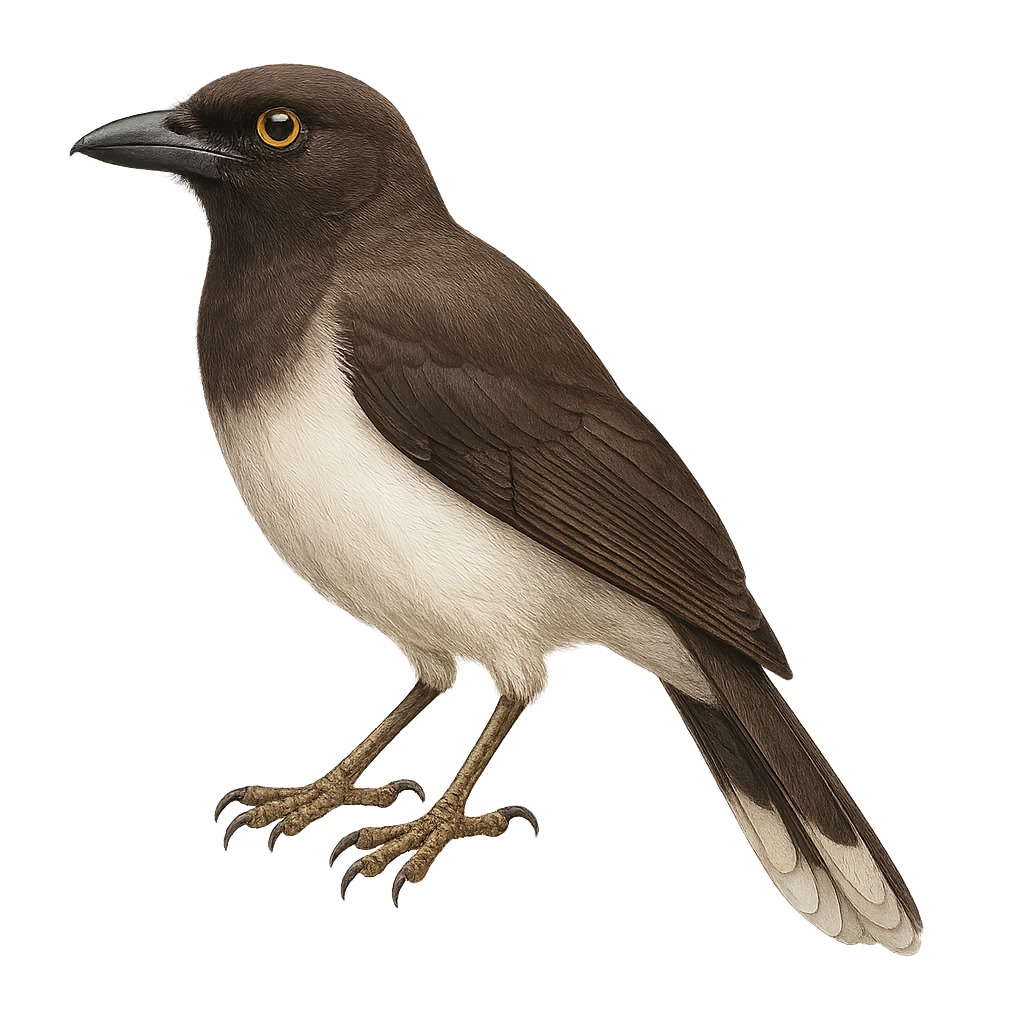Your wildlife photography guide.
Explore the brown jay in detail, study its behavior, prepare your shots.
Where to observe and photograph the brown jay in the wild
Learn where and when to spot the brown jay in the wild, how to identify the species based on distinctive features, and what natural environments it inhabits. The WildlifePhotographer app offers tailored photography tips that reflect the brown jay’s behavior, helping you capture better wildlife images. Explore the full species profile for key information including description, habitat, active periods, and approach techniques.
Brown Jay
Scientific name: Cyanocorax morio

IUCN Status: Least Concern
Family: CORVIDAE
Group: Birds
Sensitivity to human approach: Suspicious
Minimum approach distance: 10 m
Courtship display: April to May
Incubation: 18-20 jours
Hatchings: April to June
Habitat:
Tropical forests, mangroves, open woodlands
Activity period :
Primarily active during the day, with peak activity in the morning and late afternoon.
Identification and description:
The Brown Jay, or Cyanocorax morio, is a bird from the Corvidae family, primarily found in Central America. It is characterized by its dark brown plumage, contrasting with lighter wings and tail. Its head features a black mask around the eyes and a strong beak. This sociable bird lives in family groups and is often seen in tropical forests, mangroves, and open woodlands. Opportunistic, it feeds on fruits, insects, and sometimes small vertebrates. Its call is loud and varied, used to communicate with its peers. The Brown Jay plays a crucial role in seed dispersal, aiding forest regeneration.
Recommended lens:
400mm – adjust based on distance, desired framing (portrait or habitat), and approach conditions.
Photography tips:
To photograph the Brown Jay, focus on tropical forests where it is most active. Use a 400mm or longer telephoto lens to capture detailed images without disturbing the bird. Be patient and discreet, as these birds can be suspicious. Observe their behaviors and wait for them to perch on an open branch for a good angle. The natural light of the morning or afternoon is ideal to highlight the shades of their brown plumage.
The WildlifePhotographer App is coming soon!
Be the first to explore the best nature spots, track rutting seasons, log your observations, and observe more wildlife.
Already 1 432 wildlife lovers subscribed worldwide

